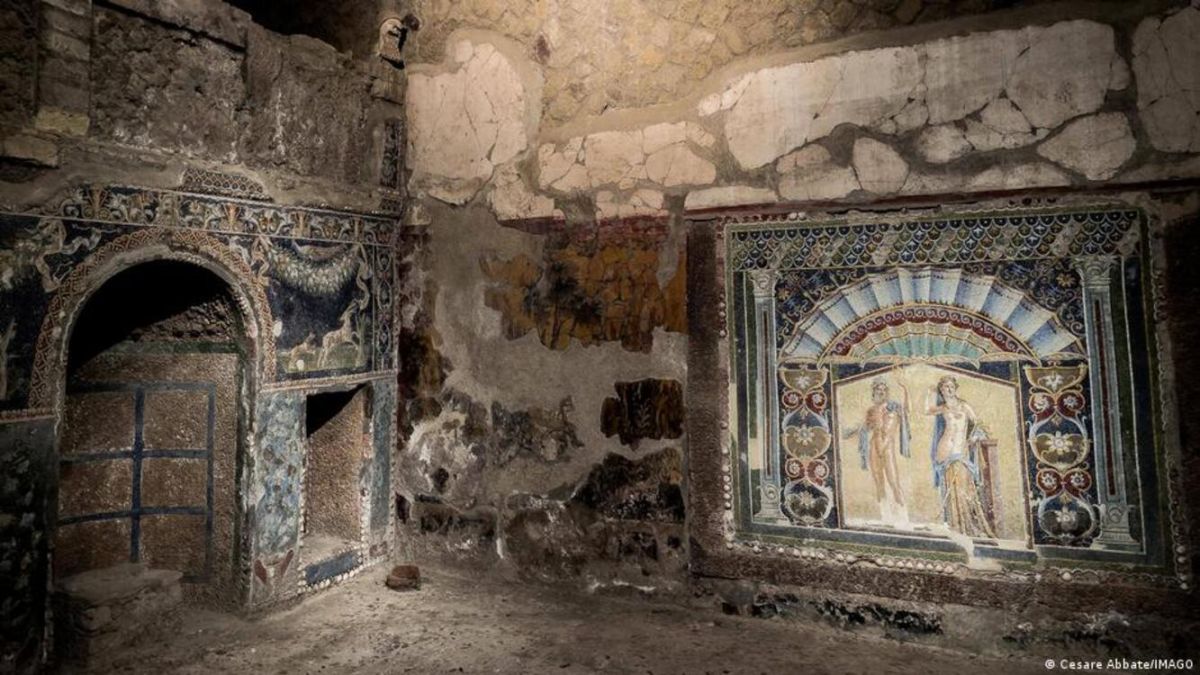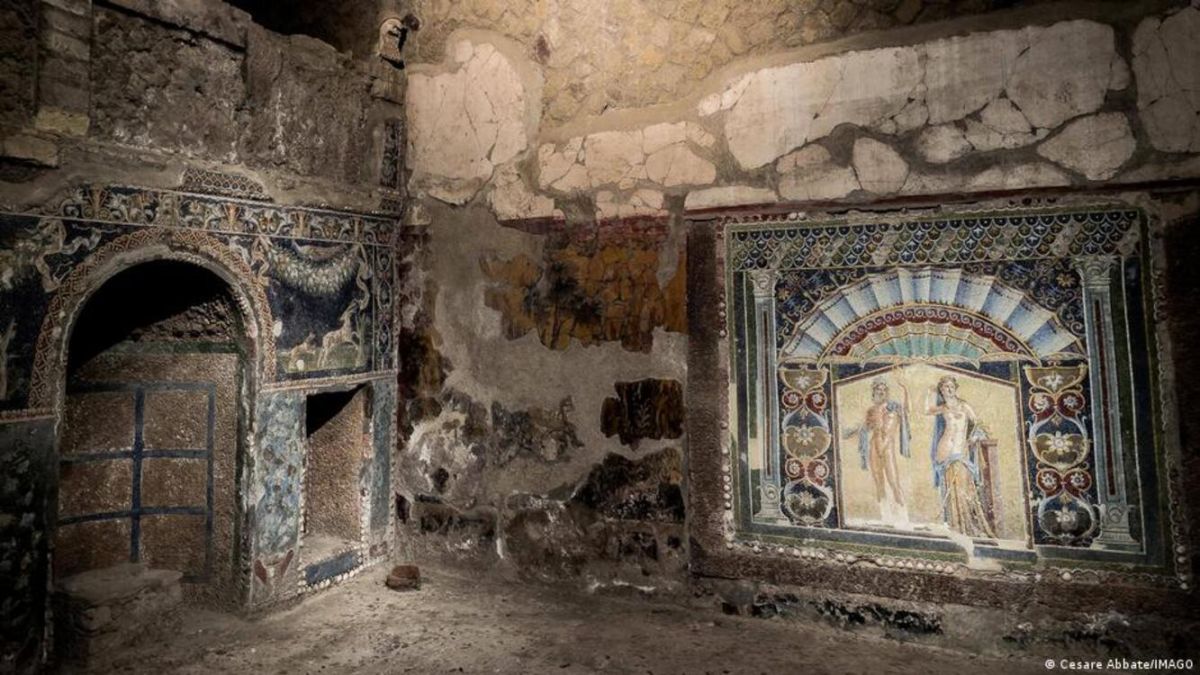When Vesuvius erupted in AD 79, it damaged and buried not only the buildings and structures of the famous Roman city of Pompeii, but also all the treasures it contained. Between them 2000-year-old “lost book” about the dynasties that succeeded Alexander the Greatwhich today, after partial destruction, it was impossible to decipher.
Now, centuries later, among others handed over later to Napoleon Bonaparte, finally managed to understand thanks to artificial intelligence (AI)reportedly live science.
“This is probably a lost work,” said Richard Janko, professor of classical studies at the Gerald F. Elsa University at the University of Michigan, during a presentation at the joint annual meeting of the Archaeological Institute of America and the Society for Classical Studies held in New Orleans last month. live science.
“Contains the names of various Macedonian dynasties and generals of Alexander.”Janko added, noting that it also contains “several references to Alexander himself”.
Despite the help of new technology, only parts of the text on a damaged, rolled-up papyrus scroll can currently be read. According to scholarly media, the text mentions the Macedonian commanders Seleucus, who came to rule over a large area of the Middle East, and Cassander, who ruled Greece after the death of Alexander. This is after the death of Alexander the Great in 323 BC, when his empire collapsed.
The origin of the mysterious scroll


The origin of the lost book dates back to the Villa of the Papyri in Herculaneum, destroyed along with Pompeii, famous for its extensive collection of papyrus scrolls. In 1804, Napoleon Bonaparte received the papyrus and later donated it to the Institute of France in Paris, where it is kept to this day.
According to Janko, an earlier attempt to unroll the papyrus in 1986 caused additional damage.
Brent Seals, director of the Center for Visualization and Virtual Environments at the University of Kentucky, helped Janko study the papyrus using machine learning. The team trained a computer program to detect ink on papyri by using thousands of X-rays to create digital 3D images..
“They have visible writing so we can match the location of the ink to exactly where to look for that ink on micro-CT,” Seals said. live science.
Yanko also emphasized that teamwork gradually makes the text more readable “With every iteration of his work [de Seales]the ability to read more of these passages is getting better and better,” Janko said.
living science he also reported that much of the scroll remains a mystery. There are no details about why the scroll ended up inside the villa. The author of the text is also unknown.
Edited by Felipe Espinosa Van.
Source: La Opinion
Ashley Fitzgerald is an accomplished journalist in the field of technology. She currently works as a writer at 24 news breaker. With a deep understanding of the latest technology developments, Ashley’s writing provides readers with insightful analysis and unique perspectives on the industry.
